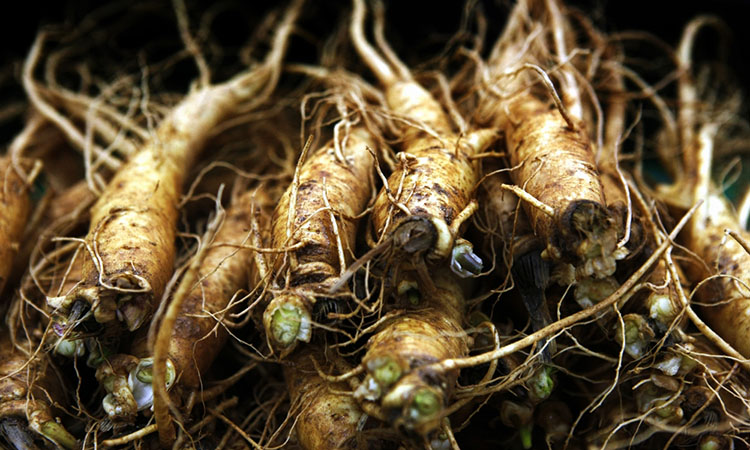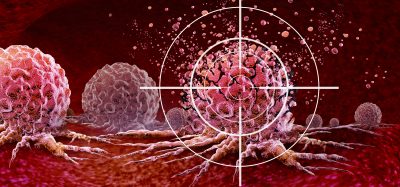SARS-CoV-2 blocked by antiviral substances discovered in South Korean plants
Posted: 16 November 2022 | Izzy Wood (Drug Target Review) | No comments yet
South Korean researchers identified two saponins there were highly effective in blocking the ability of SARS-CoV-2 variants to enter cells.


A team of researchers from the Life Science Institute within the Institute for Basic Science (IBS), South Korea, recently announced the discovery of new antiviral substances derived from two Korean native plants: Codonopsis lanceolata and Aster koraiensis. The researchers’ discovery, published in Antiviral Research, revealed that the saponins within these plants were particularly effective at inhibiting SARS-CoV-2 infection in pre-clinical studies by blocking membrane fusion, which allows the viruses to invade the host cells.
Codonopsis lanceolata, more commonly referred to as “deodeok”, is used as a medicinal herb in South Korea. It is cultivated in large quantities and is an integral part of Korean cuisine. Aster koraiensis, or Korean starwort, is a common flower that resembles a daisy, which is only found in the Korean peninsula.
The research team revealed that two saponins (astersaponin I and lansemaside A) found within the two plants are capable of blocking the fusion of the membrane between the coronavirus and human cells, thereby effectively blocking all the ways that the virus can infect its host.
Biomarkers are redefining how precision therapies are discovered, validated and delivered.
This exclusive expert-led report reveals how leading teams are using biomarker science to drive faster insights, cleaner data and more targeted treatments – from discovery to diagnostics.
Inside the report:
- How leading organisations are reshaping strategy with biomarker-led approaches
- Better tools for real-time decision-making – turning complex data into faster insights
- Global standardisation and assay sensitivity – what it takes to scale across networks
Discover how biomarker science is addressing the biggest hurdles in drug discovery, translational research and precision medicine – access your free copy today
Initially, the team made a SARS-CoV-2 infection model using human lung cells overexpressing ACE2 receptor protein and a pseudo-virus, that expressed the viral spike protein on its surface. The cells were treated with astersaponin I and lansemaside A to test the compounds’ inhibitory effect on virus infection.
Both saponins were found to have an IC50 value (half maximal inhibitory concentration) of 2μM, indicating that they were highly effective at stopping the coronavirus from entering the cell. The same results were confirmed in subsequent experiments using actual authentic coronaviruses and infection was suppressed with almost the same efficiency.
Astersaponin I and lansemaside A are triterpenoid saponins, meaning they both have central ringed hydrocarbon structures very similar to that of cholesterol, which is the main component of cell membranes.
The central part of these saponins readily binds to the cell membrane thanks to their similarity to cholesterol. When the molecule penetrated into the cell membrane, the long sugar chain on protrudes out of the cell membrane. It is believed that this protruding sugar is what blocks the cell membrane from fusing with the coronavirus envelope.
The researchers explored the creation of synthetic saponins with potentially even more powerful effects. The joint team made and tested a dozen synthetic saponins possessing different polysaccharide chains with varying lengths and types of sugars.
Director C Justin Lee stated: “Natural saponins contained in these plants are major constituents in many foods and herbal medicines that are readily accessible in everyday life. When ingested, it can be delivered at high concentrations to the epithelial cells of the upper respiratory tract, which means it can be effective in an asymptomatic or early stage of COVID-19 infection.
“While their effects have been confirmed only in vitro at the moment, clinical trials may be possible in the future if positive results are obtained in animal tests.”
Senior researcher Kim Taeyoung concluded: “As these saponins’ mechanism of action relies on inhibiting membrane fusion, it may even be possible to develop broad-spectrum antiviral drugs based on this principle.”
Related topics
Drug Development, Drug Discovery, In Vitro, Targets
Related conditions
Covid-19
Related organisations
Institute for Basic Science (IBS)
Related people
C. Justin LEE, Kim Taeyoung








